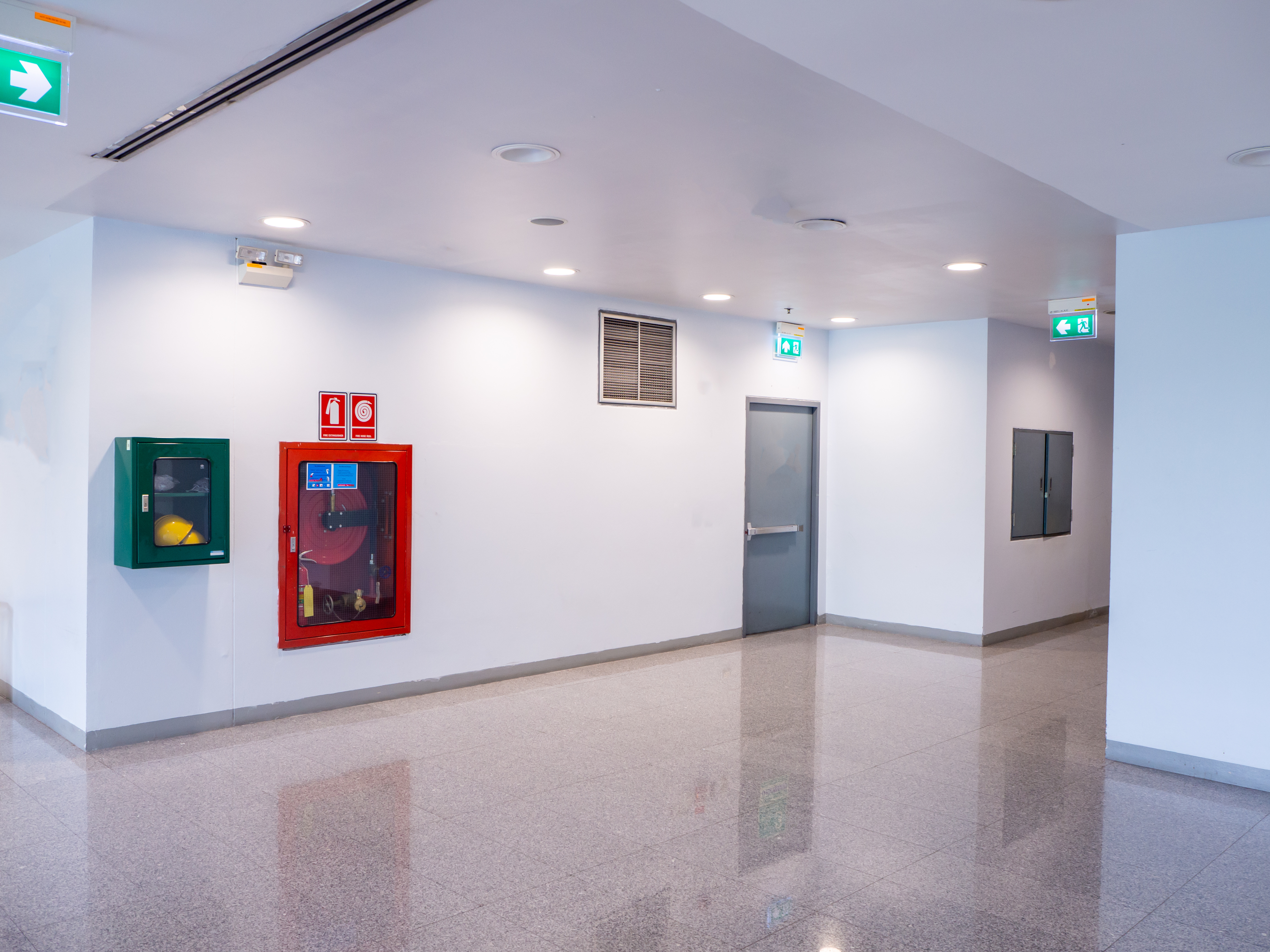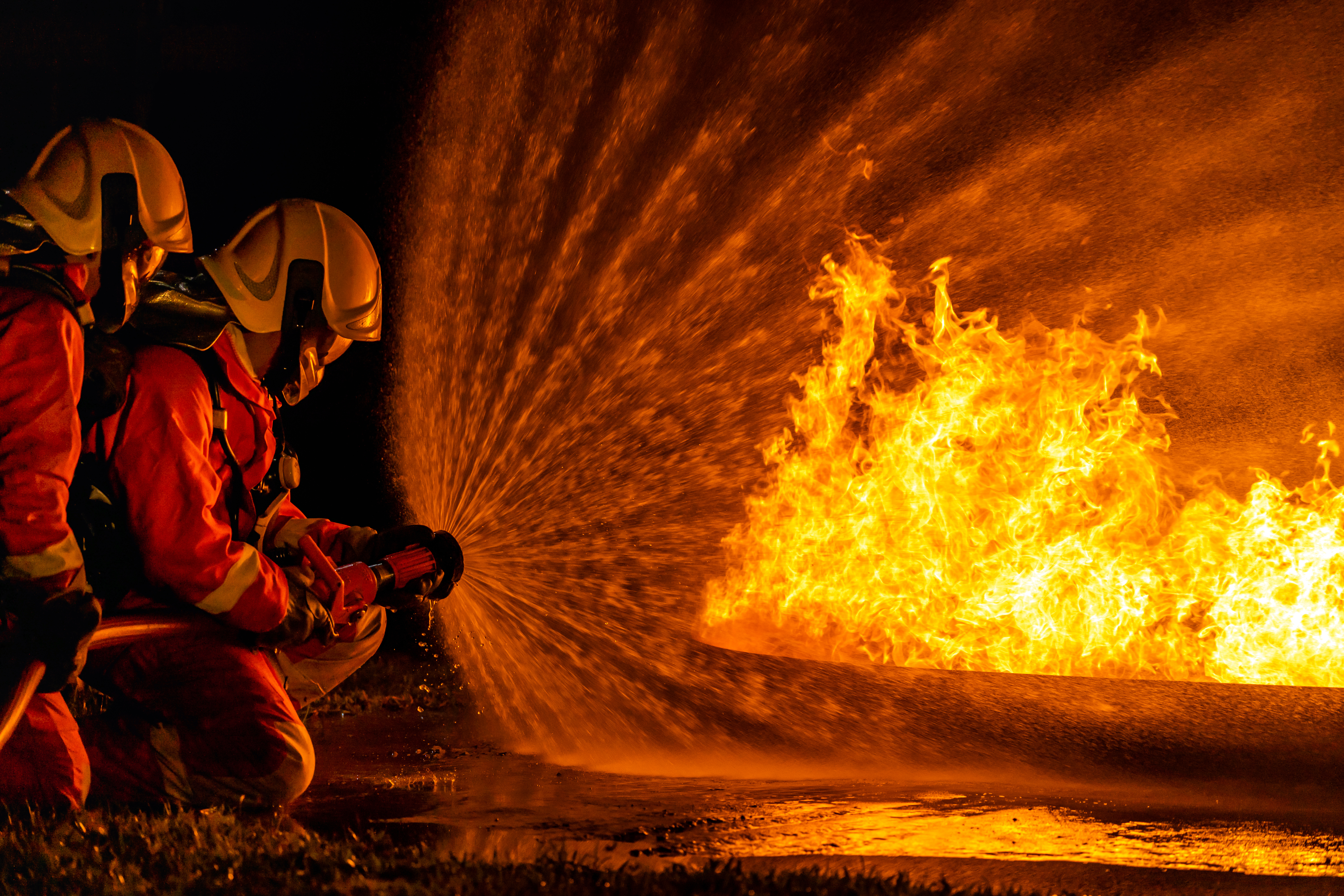Fire, a capricious element, demands our respect and diligence. While it provides warmth and energy, its uncontrolled unleashing can wreak unparalleled devastation. At Leyon, a vanguard in piping solutions, we understand that robust infrastructure forms the bedrock of fire safety. This comprehensive guide delves into indispensable prevention strategies and outlines a clear emergency response protocol, ensuring you are well-equipped to confront this formidable adversary.
The Imperative of Proactive Prevention: Safeguarding Lives and Assets
The cornerstone of effective fire safety lies not in extinguishing blazes, but in precluding their ignition. A methodical approach to prevention can drastically mitigate risks, transforming potential infernos into mere anxieties.
Best Practices for a Fortified Defense:
Audits and Assessments: The Unblinking Eye of Vigilance
Regular, meticulous fire risk assessments are paramount. Identify potential ignition sources, analyze combustible materials, and pinpoint vulnerable areas within your premises. This granular examination allows for targeted interventions, sealing fissures in your safety edifice. Consider both residential and industrial contexts; the nuances of a domestic kitchen differ markedly from the complexities of a manufacturing plant, yet the underlying principle of vigilance remains constant.
Technological Sentinels: Alarms and Sprinklers
The installation of state-of-the-art fire detection and suppression systems is non-negotiable. Smoke detectors, strategically placed on every level and within sleeping areas, serve as the initial sentinels, providing precious seconds for egress. Regularly test these devices—monthly, ideally—and replace batteries annually. For an elevated echelon of protection, consider an automatic fire sprinkler system. These systems, designed for rapid deployment, can quell a nascent fire before it escalates, minimizing damage and safeguarding lives. Leyon offers an array of specialized components crucial for such systems, including high-performance flexible hoses. Our Fire Fighting Flexible Hose LY-200 CR is engineered for superior flow and resilience, vital for effective suppression.
Combustible Management: A Discipline of Order
Proper storage and handling of flammable materials are critical. Ensure that combustible liquids and gases are stored in approved containers, in well-ventilated areas, away from ignition sources. Maintain impeccable housekeeping; cluttered spaces with accumulated refuse provide ample fuel for a rapid fire spread. In industrial settings, strict protocols for waste disposal and chemical containment are not merely good practice but a regulatory imperative.
Kitchen Conflagrations: The Domestic Hotbed
The kitchen, a nexus of culinary creation, is also a prime locus for fire incidents. Never leave cooking unattended. Keep flammable items—curtains, paper towels, dishcloths—at a safe remove from stovetops. If a grease fire erupts, resist the urge to douse it with water; instead, smother the flames with a lid or use a fire extinguisher. A small fire can escalate with shocking alacrity.
Heating Apparatus: The Warmth of Caution
Space heaters, while offering succor from the cold, demand circumspection. Position them at least three feet from any combustible materials. Never leave them operating unattended or overnight. Ensure they are plugged directly into wall outlets, eschewing extension cords which can overheat and pose a significant fire hazard.
Smoking Practices: Extinguishing a Lethal Habit
Careless smoking remains a leading cause of fire fatalities. Never smoke in bed or when drowsy. Utilize robust, non-tip ashtrays and ensure all smoking materials are completely extinguished before disposal. A smoldering ember can quickly ignite upholstered furniture, transforming a moment of relaxation into a scene of catastrophe.
Egress Pathways: The Lifelines to Safety
Ensure all escape routes are clear, unobstructed, and well-lit. Doors and windows serving as exits must be easily opened. For multi-story dwellings, consider fire escape ladders for upper floors. Regular drills, involving all occupants, solidify the escape plan in memory, crucial for effective action under duress.
What to Do When Flames Erupt:
Alert and Activate: The Immediate Response
Upon detecting fire, immediately activate the nearest fire alarm. Shout “Fire!” to alert others. Time is of the essence; every second counts. If a smoke detector sounds, treat it as a genuine alarm and initiate your escape plan without delay.
Evacuation Protocol: Prioritizing Life
The paramount objective is safe evacuation. Get everyone out of the building swiftly and calmly. If smoke is present, crawl low to the floor; smoke and toxic gases accumulate near the ceiling, leaving cleaner, cooler air closer to the ground. Before opening any door, feel it with the back of your hand. If it’s hot, do not open it; seek an alternative escape route. If the door is cool, open it slowly, being prepared to shut it quickly if smoke or flames are immediately visible. Close doors behind you as you evacuate to compartmentalize the fire and restrict its spread.
Rendezvous Point: The Safe Haven
Designate a predetermined outdoor meeting place, a safe distance from the affected structure. This ensures that all occupants are accounted for and prevents re-entry into a hazardous environment. Once outside, remain there. Do not, under any circumstances, re-enter the building for possessions or pets. Firefighters are trained professionals who will assess the situation.
Summoning the Responders: Dialing 9-1-1
From a safe location—a neighbor’s house or a mobile phone—immediately dial 9-1-1 (or your local emergency number). Provide the exact address and as much detail as possible about the fire’s location and severity. Stay on the line until the dispatcher instructs you to hang up.
Fire Extinguisher Usage: Calculated Intervention
Only attempt to extinguish a small, contained fire if you are trained, have an appropriate extinguisher, and can do so safely without putting yourself at risk. Remember the PASS acronym:
Pull the pin.
Aim the nozzle at the base of the fire.
Squeeze the handle.
Sweep from side to side.
If the fire grows or spreads, abandon the attempt and evacuate immediately. Your life is infinitely more valuable than any material possession.
Trapped Inside: A Last Resort
If escape routes are blocked by smoke, heat, or flames, retreat to a room with a window. Close the door, and seal any gaps or vents with towels or clothing to prevent smoke ingress. Call 9-1-1 again, informing them of your exact location. Signal for help from the window using a brightly colored cloth or a flashlight. Remain calm and await rescue.
The Role of Leyon in Fire Protection Systems
Leyon plays an integral role in bolstering fire safety infrastructure through our robust and reliable piping solutions. Our expertise extends to a myriad of components vital for both active and passive fire protection.
Our diverse range of pipe fittings, crucial for assembling resilient fire suppression systems, includes various materials and designs.Similarly, our comprehensive selection of Cast Iron Fittings provides durable options for various plumbing and fire protection applications, renowned for their longevity and strength.
Understanding the different types of pipe fittings is fundamental to designing effective fire suppression networks. As elaborated in our article, “Five Types of Pipe Fittings in Plumbing Systems”, fittings like elbows, tees, and reducers are indispensable for directing water flow precisely where it’s needed during an emergency.
Furthermore, Leyon recognizes the critical function of specialized connections. Our informative piece, “What is a Siamese Connection for Fire Protection?”, elucidates the significance of these external inlets, which allow fire departments to augment the water supply to a building’s standpipe or sprinkler system, providing invaluable reinforcement during large-scale incidents.
Conclusion: A Continuum of Safety
Fire safety is not a solitary event but a continuum of vigilance, preparedness, and informed action. By adhering to meticulous prevention strategies and possessing a clear, actionable emergency response plan, individuals and organizations can significantly fortify their defenses against the devastating impact of fire. Leyon is committed to providing the foundational components—the resilient pipes and fittings—that underpin these vital systems, ensuring that when the moment of crisis arrives, your infrastructure is not merely present, but truly protective. Embrace these tenets, instill them within your daily routines, and empower yourself and those around you with the knowledge to safeguard lives and property against the unpredictable fury of fire.
Post time: Jun-25-2025




